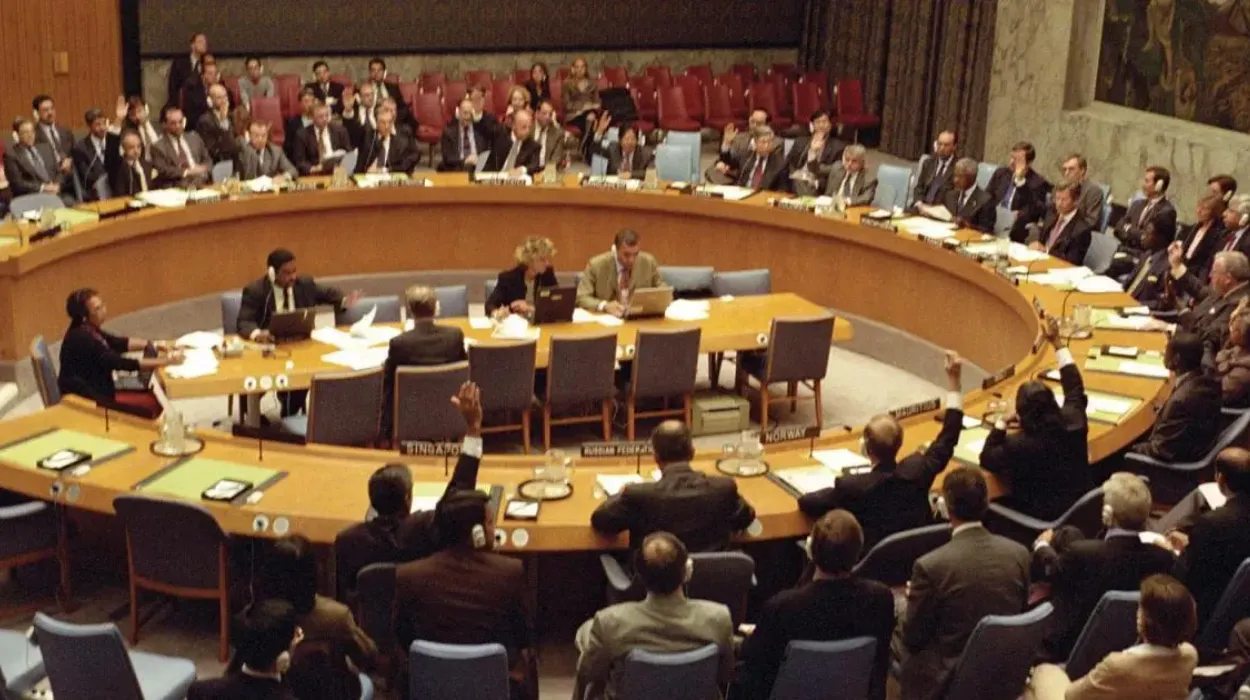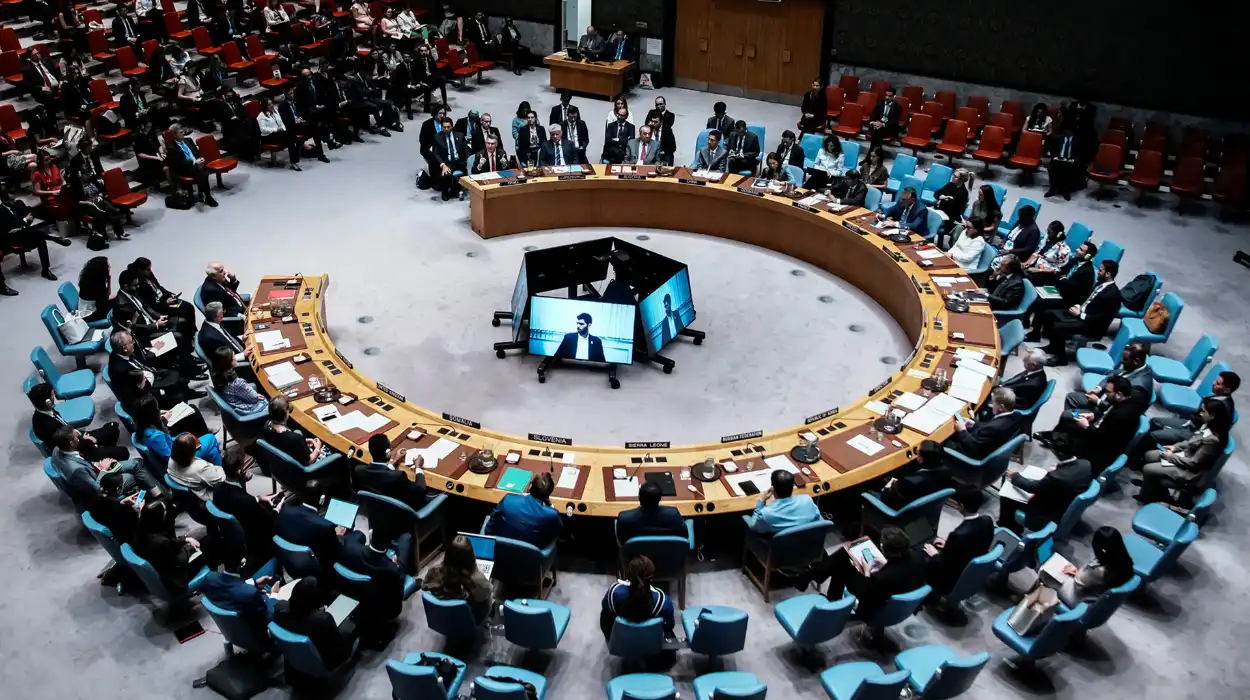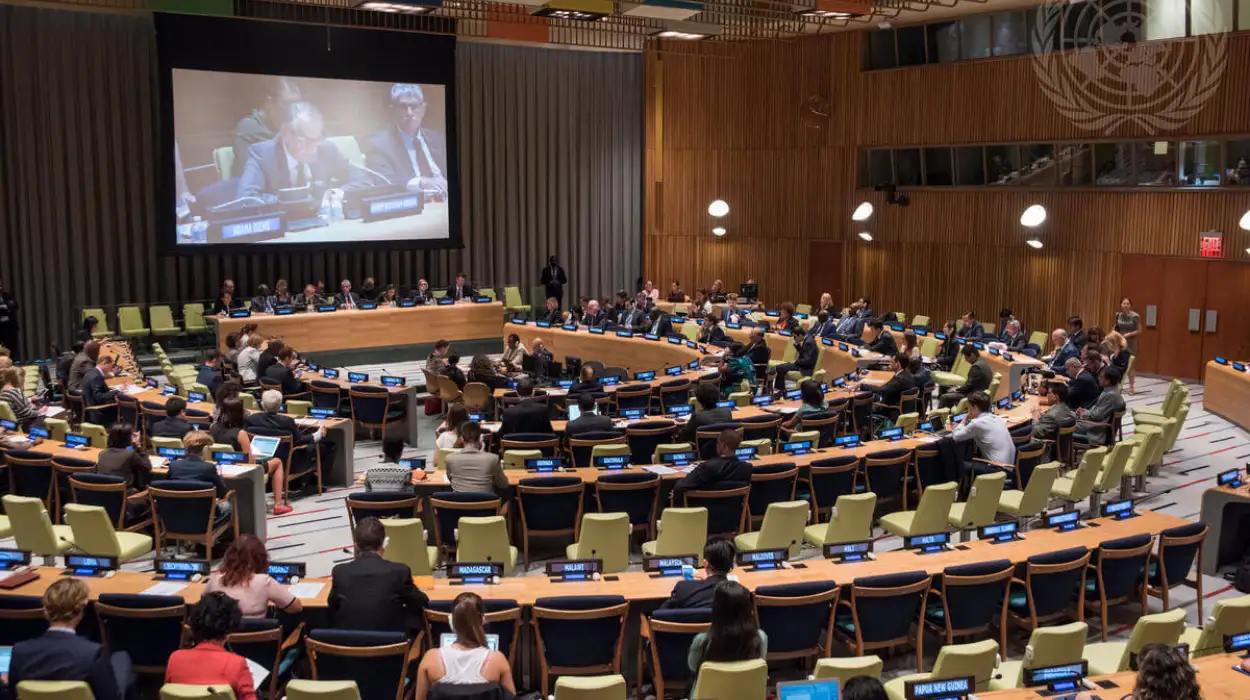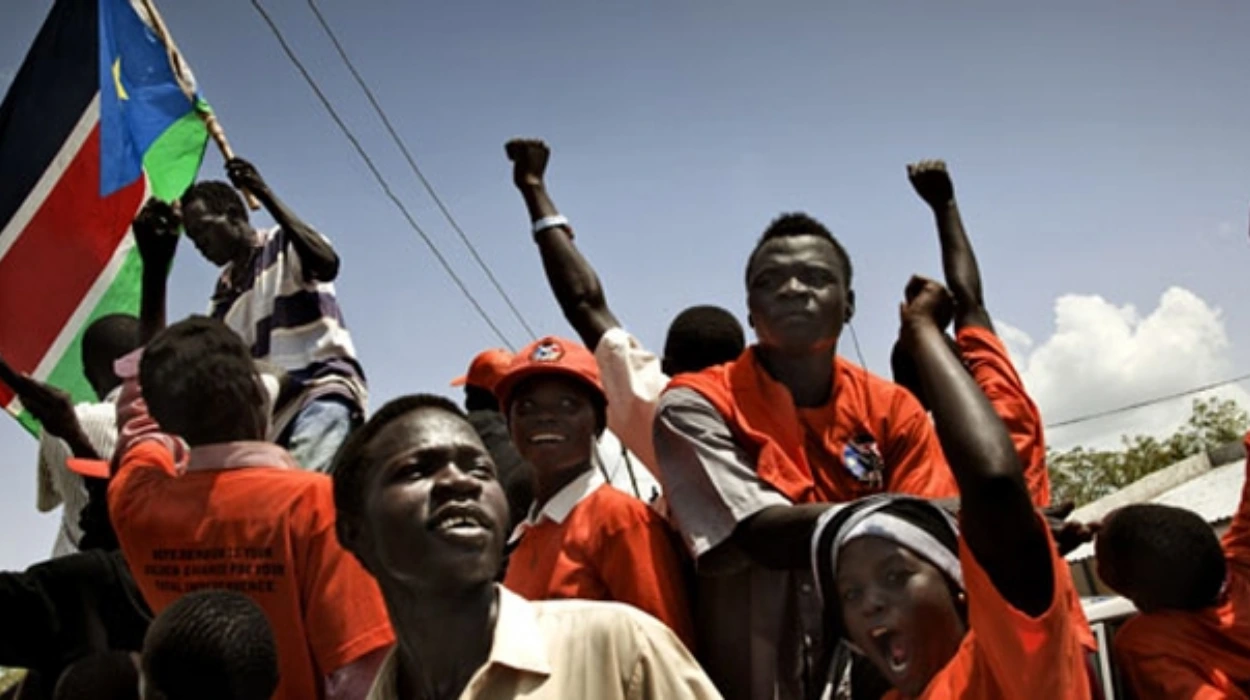The bloody border skirmishes that ensued between Thailand and Cambodia in July 24, 2025, are not conflagration which is highly focused but a fulfillment of more than a century of warfare. The modern conflict can be traced back to the treaties signed at the end of the 1900s between the Kingdom of Siam and the French-dominated Cambodia in 1904 and 1907. All these boundary agreements, whose zones are not clear, have kept unresolved claims especially in places of cultural and strategic importance such as the Preah Vihear Temple, Ta Moan Thom and the Emerald Triangle.
Although according to a judgment by the International Court of Justice in 1962 Preah Vihear Temple should be in Cambodia, the border demarcations around the temple have been a major bone of contention. The territorial claims subsequently became part of the national consciousness which in turn led to escalation of military forces and tensions along the boundaries. In 2025 alone, there was a bad build up over the issue of Cambodian tourists singing their national anthem at the disputed area, and joint military facility projects as well. Such provocations stimulated the unstable state of the peace in the region.
Escalation Towards Open Hostilities
From Landmine Triggers To Airstrikes
The day that triggered the clashes between the U.S. and the North was a day when a landmine explosion occurred along the border of Thailand in Ubon Ratchathani province injuring five soldiers. Thailand and Cambodia blamed each other and the war erupted which was a chain of dominating exchanges of artillery, rocket and small arms fire on over a dozen of the border locations. Thailand took its offensive to new heights when it mobilized F-16 fighter jets to attack targets in the Cambodian military, a height which never existed in previous conflicts.
Each of these countries accuses the other of provoking aggression. Cambodia continues to say that its actions are defensive against Thai incursion; whereas, Thailand continues to say that it is fighting to defend national sovereignty. With the circulation of accusations, civilians residing in the border region have increasingly become the victim of the combat.
Humanitarian Consequences Of Renewed Fighting
Widespread Civilian Impact And Displacement
By July 26, the death toll had risen to at least 32, of them 21 civilians and 11 military personnel. There were also incidents of civilian casualties in both the countries, and more than 168 000 individuals, estimated 138,000 in Thailand and 35,000 in Cambodia, are displaced. Most of the communities affected by the conflict depended on agricultural and trade activities across the borders, which have been interrupted by conflict.
Namely villages have been evacuated as a whole. Oddar Meanchey province schools have been shuttered and it is said that there are landings of artillery shells around school premises. The already underprivileged communities are further burdened by the evacuating inhabitants and the casualties.
Urgent Calls For Restraint And Relief
The international agencies have called both the governments to exercise restraint. An emergency meeting was held by the United Nations after it received a report of worsening humanitarian suffering and the UN Secretary General and the members of the Security Council urged an immediate ceasefire. Humanitarian organizations also called for cross-border lines of assistance and complete humanitarian aid, highlighting the greater vulnerability of the elderly, children, and displaced.
There is pressure on ASEAN to assume a more mediate role. Nevertheless, the refusal of Thailand to adopt third party mediation offers a diplomatic setback that puts regional dialogue mechanisms to challenge.
Diplomatic And Security Complexities In A Fragile Region
Breakdown Of Bilateral Relations
Relations have been worse affected through the fighting. The two countries have sent their ambassadors back and demoted diplomatic arrangements. In the northeast Thailand has shut down key border points and goods and people are not moving in and out of Thailand and that increases the economic consequences of the conflict.
Trade and travel will be disrupted, which threatens to escalate cooperation and establish the conditions of protracted insecurity. The army equipment and soldiers are still dug in along the conflicted border increasing the risk of the mistake-driven escalations.
Regional And Global Ramifications
The Thailand-Cambodia conflict could spill into broader Southeast Asian affairs. The disputed zones lie near the convergence of Thailand, Cambodia, and Laos—making any escalation a regional risk. Rocket strikes near Gulf of Thailand provinces indicate the potential for widening conflict zones.
Regional stakeholders such as China and the United States have offered to assist in peacebuilding efforts. Nevertheless, entrenched nationalism and sensitivities about foreign involvement complicate such initiatives. ASEAN’s cohesion may also suffer if member states are pulled into opposing positions, hindering cooperation on other critical regional priorities.
Military Dynamics And Tactical Developments
Use Of Advanced Weaponry
The battlefield has seen a variety of modern and traditional military tactics. The Royal Thai Air Force employed F-16 aircraft to bomb Cambodian installations, a move that represents a major military step up from previous conflicts. Both sides have also utilized BM-21 multiple rocket launchers, drones for reconnaissance, and a variety of artillery systems.
Cambodian retaliatory attacks have struck Thai civilian settlements. Each side has accused the other of employing internationally banned munitions such as cluster bombs. Reports of errant artillery rounds hitting Laotian territory have raised further diplomatic concerns in the region.
Military Strategies And Ground Conditions
Defensive positions have been fortified on both sides. The Royal Thai Army reportedly launched “Operation Trat Phikhat Phairi 1” to counter perceived Cambodian advances. Military communication from both governments emphasizes defense, but analysts suggest both sides have pursued limited offensives to assert territorial claims.
Despite the scale of combat, the front lines have largely remained static. No significant territorial shifts have occurred, indicating a military deadlock that favors attritional warfare over rapid territorial gains.
Navigating A Path Towards De-Escalation And Peace
Push And Pull Between Bilateral And Multilateral Mediation
Thailand’s insistence on bilateral negotiation contrasts with the international The demand of bilateral negotiation by Thailand is not in line with that of the international community who holds that a third party mediation would be more appropriate. This attitude is driven by sovereignty interests and political pressures of nationalism. History has shown that previous intervention efforts using the ASEAN frameworks have not been successful and the current efforts are experiencing further impediments as there is a loss of trust.
Efforts of trying to appease the aggressions by way of diplomacy such as two-way apologies and ceasefire offers have been thus far frustrated by continuous eruptions of local violence. Previous agreements have activated border commissions, which are still underutilized.
Long-Term Challenges For Sustainable Peace
Problems involving national pride, national identity, and national history are deeply rooted and hamper the chances of an immediate solution. Both Bangkok and Phnom Penh leaders feel the pressure to adopt uncompromising positions at home. Political realities of these kinds narrow the possibility of immediate diplomatic breakthroughs.
However, the humanitarian aspect can be developed as a motive force of international relations. Addressing the crisis will require more than ceasefires. Confidence-building measures, transparent border negotiations, and inclusion of local communities in peace talks are vital to any sustainable solution.
This person has spoken on the topic: Regional security analyst @angeloinchina recently observed,
“Thailand and Cambodia’s intense July clashes reveal how unresolved colonial legacies still surge beneath Southeast Asia’s peaceful façade, turning disputed borders into flashpoints with dire humanitarian consequences.”
???? Thailand-Cambodia Border Crisis: 100,000+ Evacuate as Tensions Escalate
? Breaking Developments
Over 100,000 civilians flee Thai border provinces amid military clashes
UN Security Council convenes emergency meeting today (AFP) pic.twitter.com/1NrhqjgtNm
— Angelo Giuliano ??????? (@angeloinchina) July 25, 2025The border conflict between Thailand and Cambodia underscores how historical memory, nationalist politics, and unresolved territorial disputes can combine to fuel violent modern conflicts. As thousands of civilians suffer from displacement and loss, the region faces a test of its diplomatic resilience and humanitarian response capacity. Whether ASEAN and broader international partners can forge a path toward sustained de-escalation remains a central question as 2025 unfolds.









